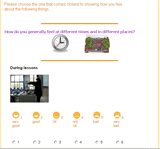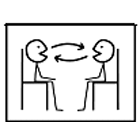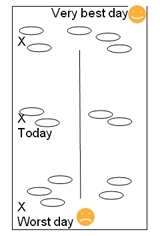
| |
| disability data collection |
| researcher profiles |
| information for schools |
| information for parents and carers |
| disability resources |
| INFORMATION FOR SCHOOLS |
The importance of pupils’ viewsThe Disability Discrimination Act (1995/2005) and single Equality Act (2010) reminds us that disability is not simply about the presence of impairment. It is also about how that impairment impacts on daily activities and the wider factors which prevent disabled people participating in different life areas. The Disability Equality Duty requires schools to take a more proactive approach to promoting disability equality and eliminating discrimination. This means that schools will need to think about how their buildings, routines and practices impact on everyone. Although staff might have some idea of what might be making life easier or difficult for pupils with a particular difficulty or condition, they will need to find out from the pupils themselves how they are experiencing different aspects of school life. Barriers and SupportsIn particular, schools need to identify barriers - those aspects of what happens at school that are preventing disabled pupils from participating fully - and the supports - things that pupils tell them make it easier to take a full part in everything that goes on in school. The flexible toolsFive flexible tools have been developed to collect information on pupils’ views about the barriers and supports to participation in school activities. These have been designed with a range of communication needs and ages in mind and include activities that could take place in a group, in pairs or individually. Further guidance on their use can be downloaded from here. Schools may choose to customise these and examples from the previous phase of the study are available to illustrate their use in practice, please follow the links under the images on the right. The five tools can be adapted to different contexts, linked to other activities, such circle time or tutor groups, or adapted to fit in with programmes of study for Citizenship or PSHE. Choosing which toolVarying amounts of time will be needed to prepare each of the five tools, carry them out and analyse the results. Some tools work best with pupils who are used to talking about barriers and supports; some can be used with whole classes where the majority of pupils are not disabled. |
|
The Flexible Tools
|
A DfCSF funded research project
Jill Porter, Harry Daniels, Jayne Hacker & Sue Martin, University of Bath
Anthony Feiler, University of Bristol
Jan Georgeson, University of Chichester
 Questionnaires for older children
Questionnaires for older children
 .
. 
